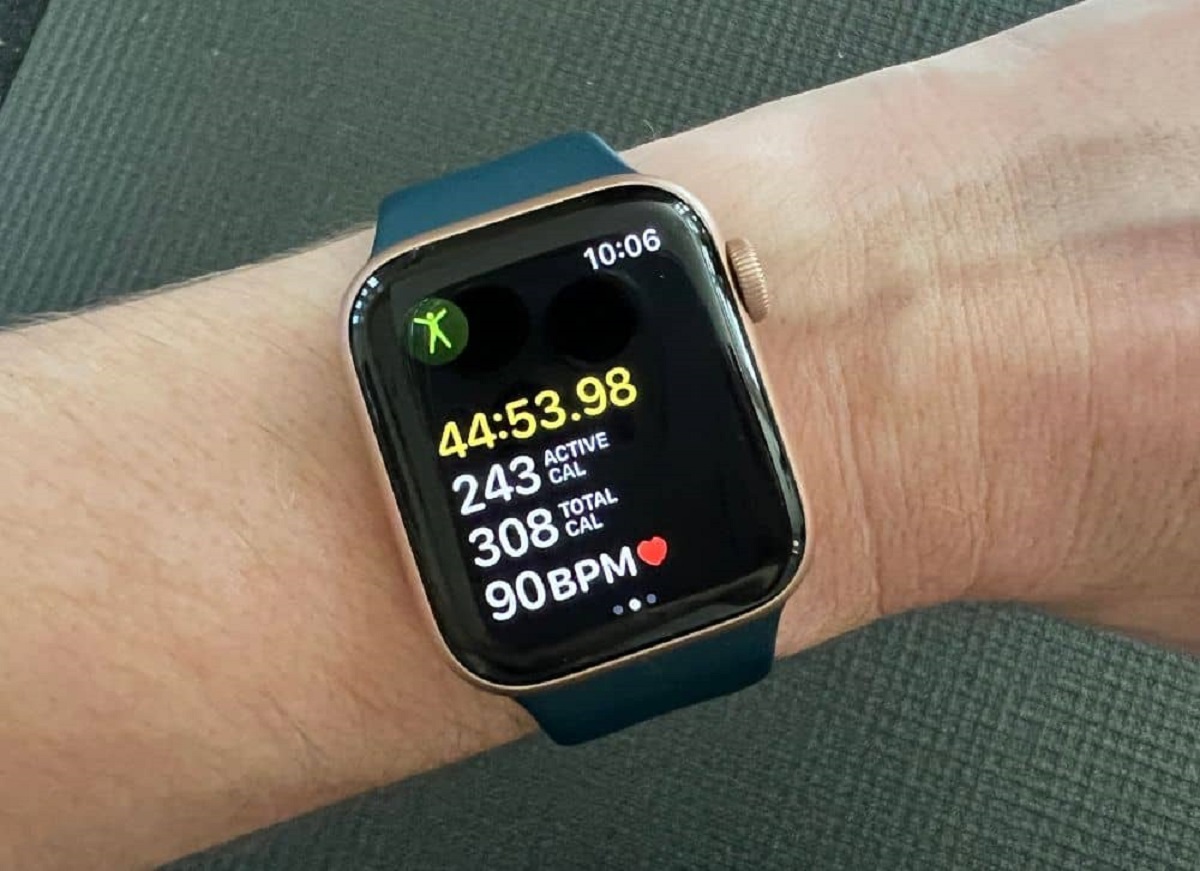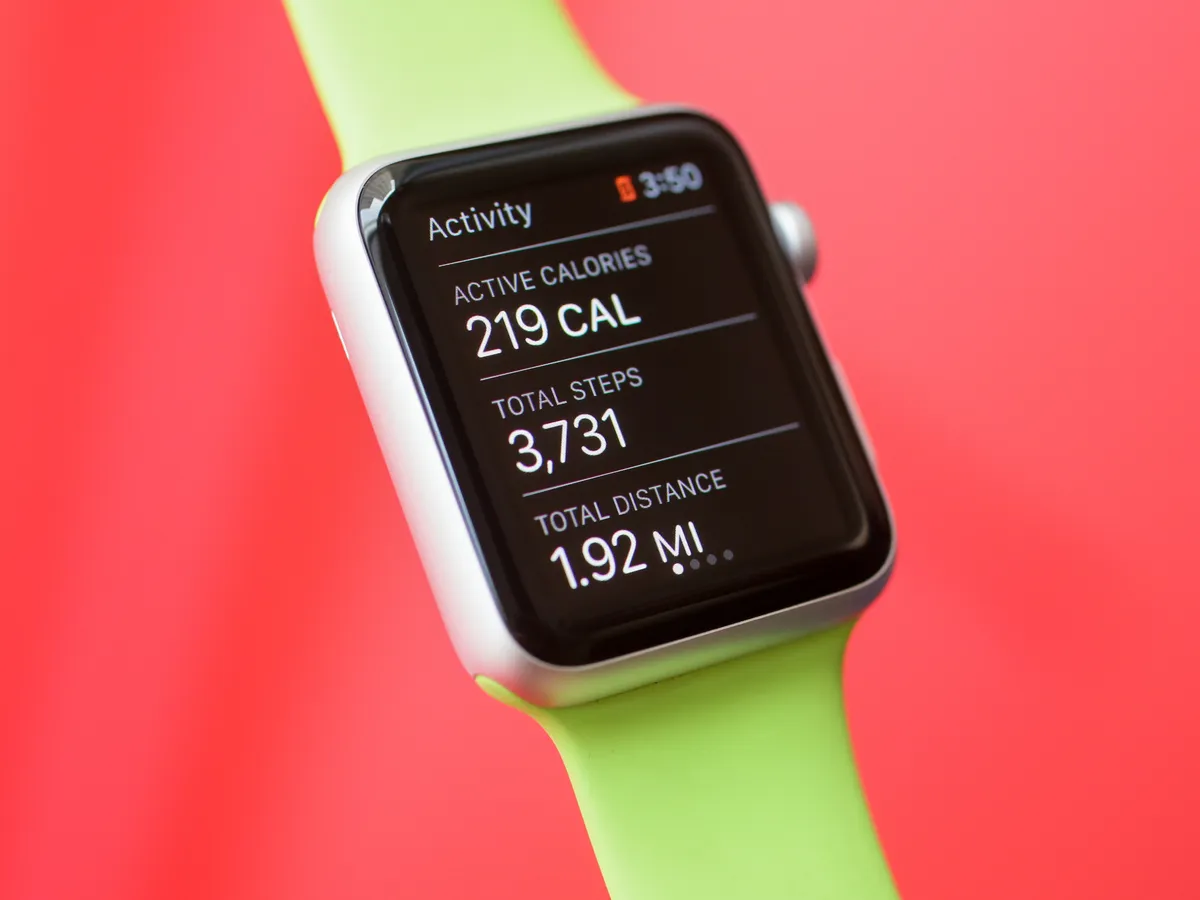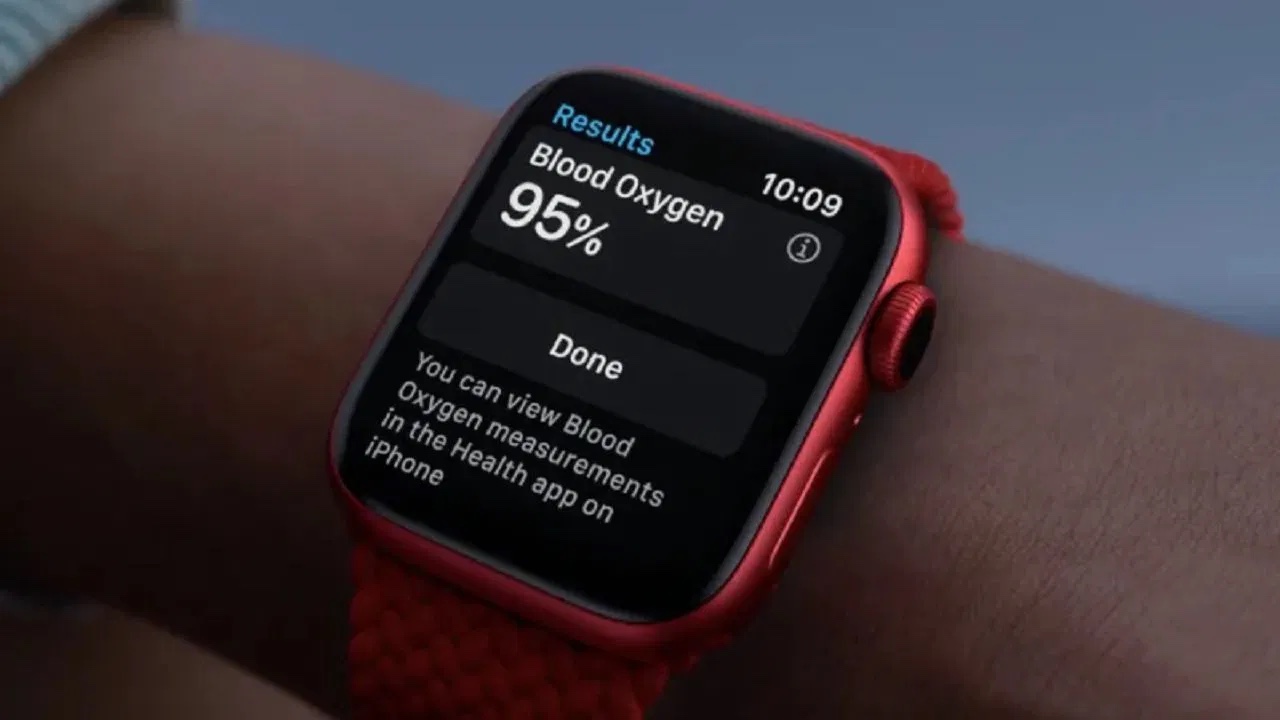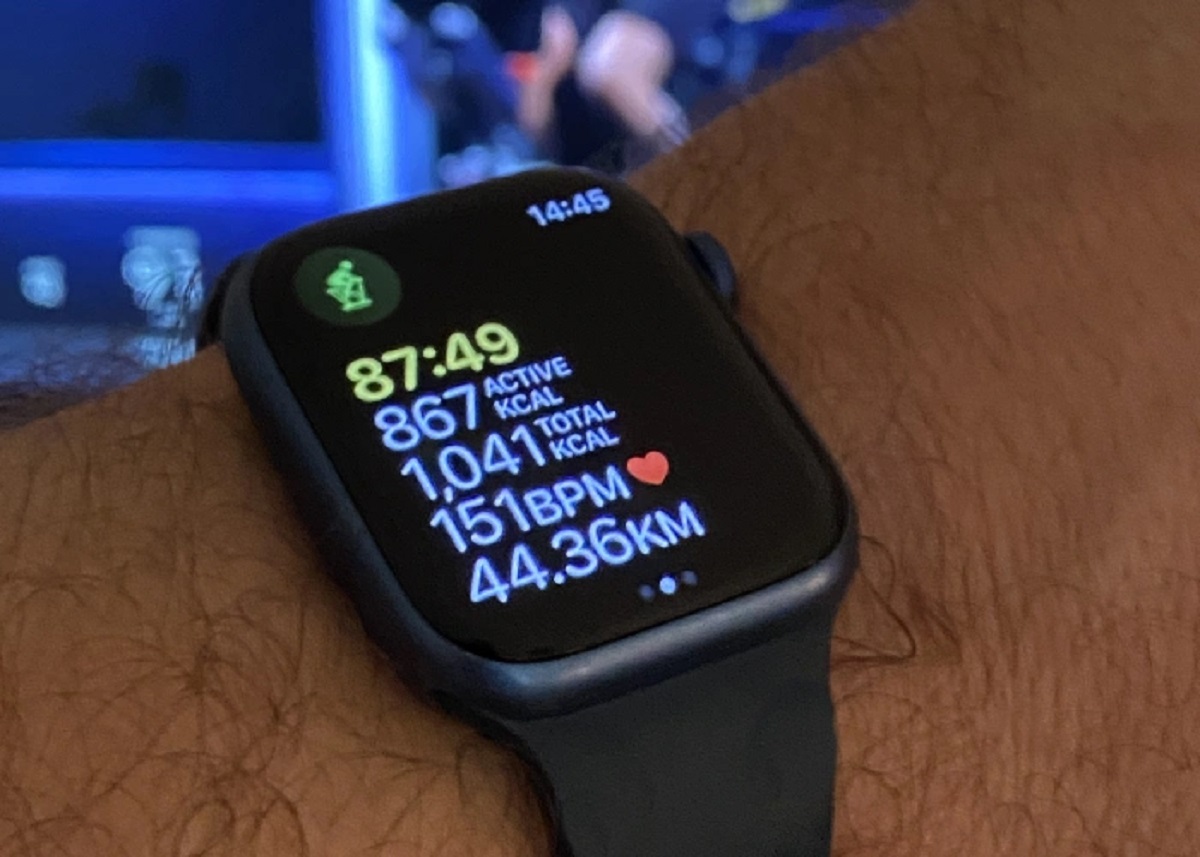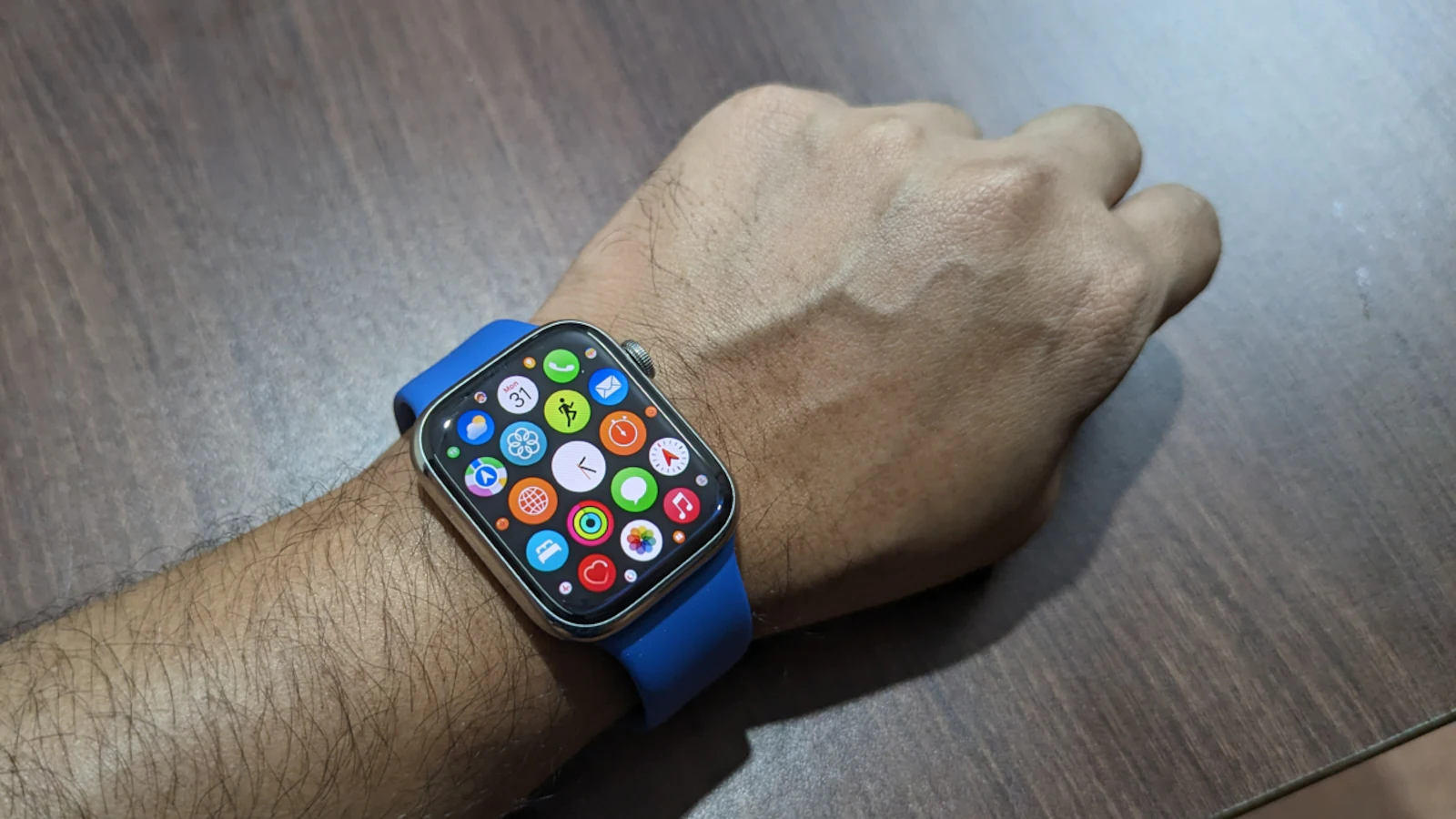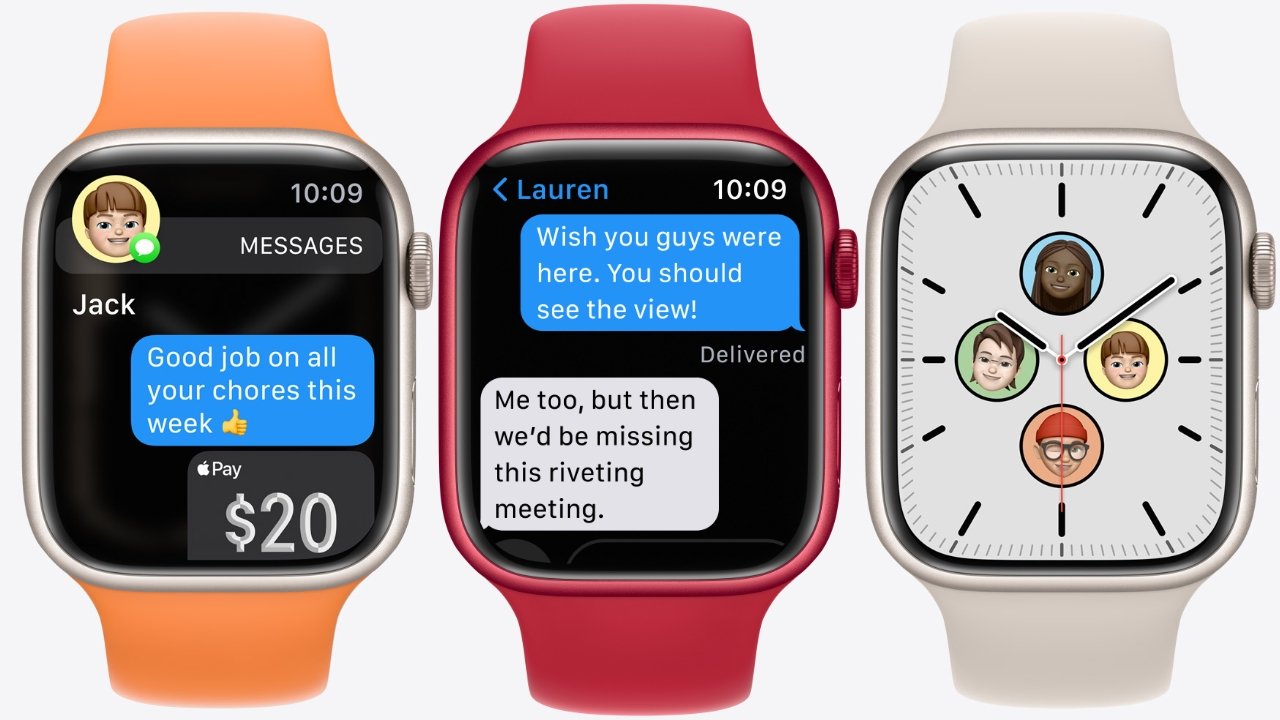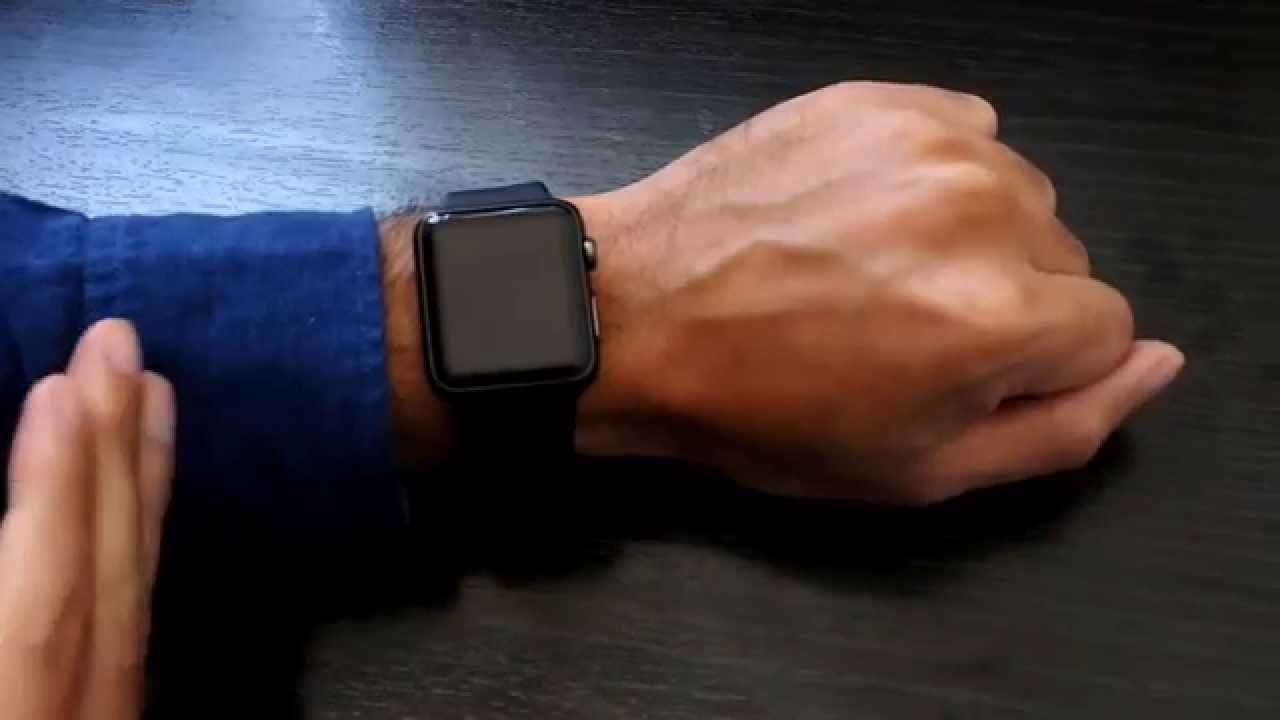Introduction
Heart rate monitoring has become a popular feature in wearable technology, and one device that has gained significant attention is the Apple Watch. With its sleek design and advanced technology, the Apple Watch offers users the ability to track their heart rate in real-time. But how accurate is the heart rate measurement on Apple Watch?
Measuring heart rate accurately is crucial for individuals who want to monitor their fitness levels or track their progress during exercise. It can also provide valuable insights into overall health and help detect potential health issues. Therefore, it is essential to understand the accuracy and reliability of the heart rate monitoring feature on the Apple Watch.
In this article, we will delve into the factors that can affect heart rate accuracy, compare the Apple Watch’s heart rate monitoring capabilities with other devices, and explore how it differs from more advanced technologies like ECG. We will also discuss ways to improve the accuracy of heart rate readings on the Apple Watch.
By the end of this article, you will have a better understanding of how accurate the heart rate measurement on Apple Watch is and whether you can rely on it for accurate health monitoring and tracking.
Understanding Heart Rate Measurement on Apple Watch
The Apple Watch utilizes a technology called photoplethysmography (PPG) to measure heart rate. PPG involves shining green LED lights onto the skin and then using photodiodes to detect the amount of light reflected back. This data is then used to calculate the user’s heart rate.
The Apple Watch also uses an optical heart rate sensor on the back of the device, which continuously monitors blood flow through the wrist. This allows for real-time heart rate tracking throughout the day and during workouts.
It is important to note that the heart rate measurement on the Apple Watch is an estimation and may not be as accurate as medical-grade devices. The accuracy can vary based on various factors.
One such factor is the fit of the watch on the wearer’s wrist. The Apple Watch relies on the tightness and positioning of the device to accurately measure heart rate. If the watch is too loose or moved during exercise, it may result in inaccurate readings.
The user’s skin type and individual physiological characteristics can also impact the accuracy of heart rate measurements. Factors such as tattoos, excessive hair, or dry skin can interfere with the LED lights and photodiodes, leading to less accurate readings.
Furthermore, the Apple Watch’s heart rate monitor may struggle with certain activities that involve rapid movements or intense vibrations. Activities like high-intensity interval training (HIIT) or weightlifting can cause the watch to move on the wrist, resulting in brief interruptions in heart rate tracking.
Despite these potential limitations, the Apple Watch’s heart rate monitoring feature can still provide valuable insights for users. It can give a general indication of heart rate trends and changes, making it useful for tracking overall cardiovascular fitness and monitoring changes during workouts.
However, if higher accuracy is required for medical purposes or specific health conditions, it is advisable to consult with a healthcare professional and use medical-grade devices instead.
Factors That Can Affect Heart Rate Accuracy
While the Apple Watch provides a convenient way to monitor heart rate, there are several factors that can impact the accuracy of the readings.
One important factor is the placement of the watch on the wrist. For accurate measurements, it is essential to wear the Apple Watch snugly and ensure that it remains in place during activities. If the watch is too loose or moves around, it may introduce errors in the heart rate readings.
The condition of the wearer’s skin can also influence accuracy. Excessive hair, tattoos, or dry skin can interfere with the LED lights and photodiodes, affecting the watch’s ability to measure heart rate accurately. It is advisable to keep the area of the wrist clean and dry, as moisture or sweat can also impact accuracy.
Physical activity and exercise can create challenges for heart rate monitoring. During intense workouts or activities that involve rapid movements, the watch may experience difficulties in maintaining consistent contact with the skin, leading to occasional gaps or interruptions in heart rate tracking. It is important to be aware of these limitations and consider using alternative methods or additional devices for precise heart rate monitoring during vigorous exercise.
Environmental factors can also play a role in heart rate accuracy. Extreme temperatures, high altitudes, and even certain medications can influence heart rate and affect the readings on the Apple Watch. It is important to understand that these factors may introduce some variability in the measurements and should be considered when interpreting the data.
Lastly, it is crucial to note that the Apple Watch’s heart rate monitoring feature is not intended for medical diagnosis or treatment. While it can provide valuable insights into heart rate trends and changes, it is not a substitute for professional medical advice. If you have specific health concerns or require precise heart rate measurements for medical purposes, it is recommended to consult with a healthcare professional and use medical-grade devices.
Overall, while the Apple Watch offers convenient and real-time heart rate monitoring, it is important to be aware of the factors that can influence accuracy. By understanding these factors and using the watch within its limitations, users can still benefit from the heart rate monitoring feature for general fitness tracking and monitoring trends in their cardiovascular health.
Comparison with Other Heart Rate Monitoring Devices
When it comes to heart rate monitoring, the Apple Watch is just one of many devices available on the market. Let’s take a closer look at how it compares to other popular heart rate monitoring devices.
Chest Strap Monitors: Chest strap heart rate monitors are known for their accuracy and are often used by professional athletes and fitness enthusiasts. These monitors typically connect to a smartphone or fitness tracker via Bluetooth and provide precise heart rate measurements. While chest strap monitors may offer superior accuracy, they can be uncomfortable to wear for extended periods and may not be as convenient as wrist-based devices like the Apple Watch.
Wrist-Based Optical Monitors: Similar to the Apple Watch, many fitness trackers and smartwatches incorporate optical sensors for heart rate monitoring. These devices use similar PPG technology and are designed to measure heart rate from the wrist. While these devices are generally accurate for everyday use and fitness tracking, they may struggle with accuracy during high-intensity activities or exercises that involve rapid movements.
Medical-Grade ECG Devices: Medical-grade devices such as ECG (electrocardiogram) machines are considered the gold standard for heart rate monitoring. ECG devices provide detailed information about the heart’s electrical activity and can detect various heart conditions with high accuracy. While the Apple Watch can provide valuable insights into heart rate trends, it is not intended to replace the precision and reliability of medical-grade ECGs.
When comparing the Apple Watch to other heart rate monitoring devices, it is important to consider the specific use case and requirements. If accurate and precise heart rate measurements are essential, medical-grade devices or chest strap monitors may be more suitable. However, for everyday fitness tracking and general monitoring, the Apple Watch and other wrist-based optical monitors can provide sufficient accuracy and convenience.
Ultimately, the best heart rate monitoring device for an individual will depend on their specific needs, preferences, and the level of accuracy required for their intended use.
Apple Watch Heart Rate vs. ECG
The Apple Watch offers a convenient way to monitor heart rate, but how does it compare to the more advanced technology of an ECG (electrocardiogram)? Let’s explore the differences between the two.
The Apple Watch uses optical sensors to measure heart rate by detecting blood flow through the wrist. It provides real-time heart rate data and tracks overall trends. While this method can provide valuable insights into heart rate patterns, it has limitations when it comes to detecting specific heart conditions.
On the other hand, an ECG is a medical-grade device that records the electrical activity of the heart. It provides a detailed analysis of the heart’s rhythm and can detect abnormalities such as arrhythmias, atrial fibrillation, and other cardiac conditions. ECGs are considered the gold standard in heart rate monitoring when it comes to medical accuracy and precision.
The Apple Watch offers an ECG feature in certain models, allowing users to capture a single-lead ECG by placing their finger on the digital crown. The ECG app analyzes the electrical impulses of the heart and can provide an indication of atrial fibrillation (AFib).
While the ECG feature on the Apple Watch is a step towards advanced cardiac monitoring, it is important to note that it is not a substitute for a professional medical-grade ECG. It has certain limitations, such as being a single-lead ECG and the inability to capture more comprehensive data like a full ECG waveform.
Additionally, the ECG feature on the Apple Watch is not intended for diagnosing specific heart conditions. It serves as a screening tool to alert users to potential irregularities and encourage them to seek further medical evaluation if necessary.
If you have specific concerns about your heart health or are experiencing symptoms, it is always recommended to consult with a healthcare professional and undergo a full medical evaluation, including a comprehensive ECG, if necessary.
In summary, while the Apple Watch provides a convenient and accessible way to monitor heart rate and offers an ECG feature, it is important to understand its limitations compared to a full medical-grade ECG. The Apple Watch can provide valuable insights, but for precise clinical diagnoses and comprehensive heart rate analysis, a professional medical-grade ECG is still the preferred choice.
How to Improve Heart Rate Accuracy on Apple Watch
If you want to improve the accuracy of heart rate measurements on your Apple Watch, there are a few steps you can take:
1. Wear the Watch Properly: Ensure that the watch is snugly and securely fastened to your wrist. A loose or ill-fitting watch can introduce errors in heart rate readings. Adjust the strap to fit comfortably, but not too tightly.
2. Keep the Sensor and Wrist Clean: Clean the sensors on the back of the watch regularly, as dirt, sweat, or debris can interfere with accurate readings. Also, ensure that your wrist is clean and dry before wearing the watch, as moisture can impact the contact between the skin and sensors.
3. Avoid Large Movements or Disturbances: During activities that involve rapid movements or intense vibrations, the watch can move on your wrist, leading to interruptions in heart rate tracking. Try to minimize excessive arm movements during exercise, as this may improve accuracy.
4. Avoid Interference from Accessories: Certain accessories, such as tight-fitting wristbands or bracelets, can interfere with the proper placement of the watch and affect the accuracy of heart rate measurements. If you notice inconsistent readings, remove any accessories that may be causing interference.
5. Allow Time for Calibration: When you put on your Apple Watch after a period of not wearing it, it may take a few minutes for the heart rate sensor to calibrate and provide accurate readings. Give your watch a few minutes to adjust before relying on the heart rate measurements.
6. Update to the Latest Software: Apple regularly releases software updates for the Apple Watch, which may include improvements to heart rate tracking. Make sure your watch is running the latest software version to take advantage of any performance enhancements.
7. Consider Using External Heart Rate Monitors: If high accuracy is critical, consider using external heart rate monitors, such as chest strap devices, that can provide more precise measurements. These devices often offer greater accuracy during intense workouts or activities that involve rapid movements.
By following these tips, you can enhance the accuracy of heart rate measurements on your Apple Watch. However, keep in mind that the Apple Watch’s heart rate monitoring is not intended for medical diagnosis or treatment. If you have specific health concerns or need accurate heart rate measurements for medical purposes, consult with a healthcare professional and consider using medical-grade devices.
Conclusion
The heart rate monitoring feature on the Apple Watch provides users with a convenient way to track their heart rate in real-time. While the Apple Watch’s heart rate measurements are generally accurate for everyday use and fitness tracking, it is important to consider the limitations and factors that can affect its accuracy.
Factors such as the fit of the watch, individual physiological characteristics, and the intensity of physical activity can impact the accuracy of heart rate readings. Therefore, it is essential to wear the watch properly, keep the sensors and wrist clean, and be aware of potential disturbances during activities.
While the Apple Watch offers a valuable tool for heart rate monitoring, it is not a substitute for medical-grade devices or professional assessment. If you have specific health concerns or require precise heart rate measurements for medical purposes, it is recommended to consult with a healthcare professional and use appropriate medical-grade devices.
Additionally, the Apple Watch’s ECG feature provides a glimpse into more advanced cardiac monitoring, but it is not as comprehensive as a full medical-grade ECG. It serves as a screening tool and should not be relied upon for diagnostic purposes.
By understanding these considerations and following best practices, users can maximize the accuracy of heart rate measurements on their Apple Watch. It is a powerful device that can provide valuable insights into heart rate trends and overall cardiovascular fitness.
Ultimately, the Apple Watch is a versatile wearable device that offers users convenience, accessibility, and real-time heart rate monitoring. It can be a valuable tool for fitness tracking and general monitoring of cardiovascular health. However, it is important to assess individual needs and consider medical-grade devices when more precise cardiac monitoring is required.







